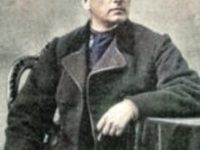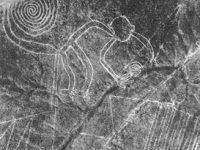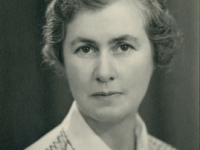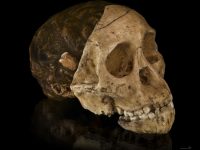Gaston Maspero and the Sea Peoples
On June 23, 1846, French egyptologist Gaston Camille Charles Maspero was born. Maspero is best known for popularizing the term “Sea Peoples“. He was director general of excavations and antiquities for the Egyptian government, who was responsible for locating a collective royal tomb of prime historic importance. Studying Egyptology under Auguste Mariette Gaston Maspero studied at the École normale and met Egyptologist Auguste Mariette in 1867, back then the commissioner for the Egyptian…
Read more










